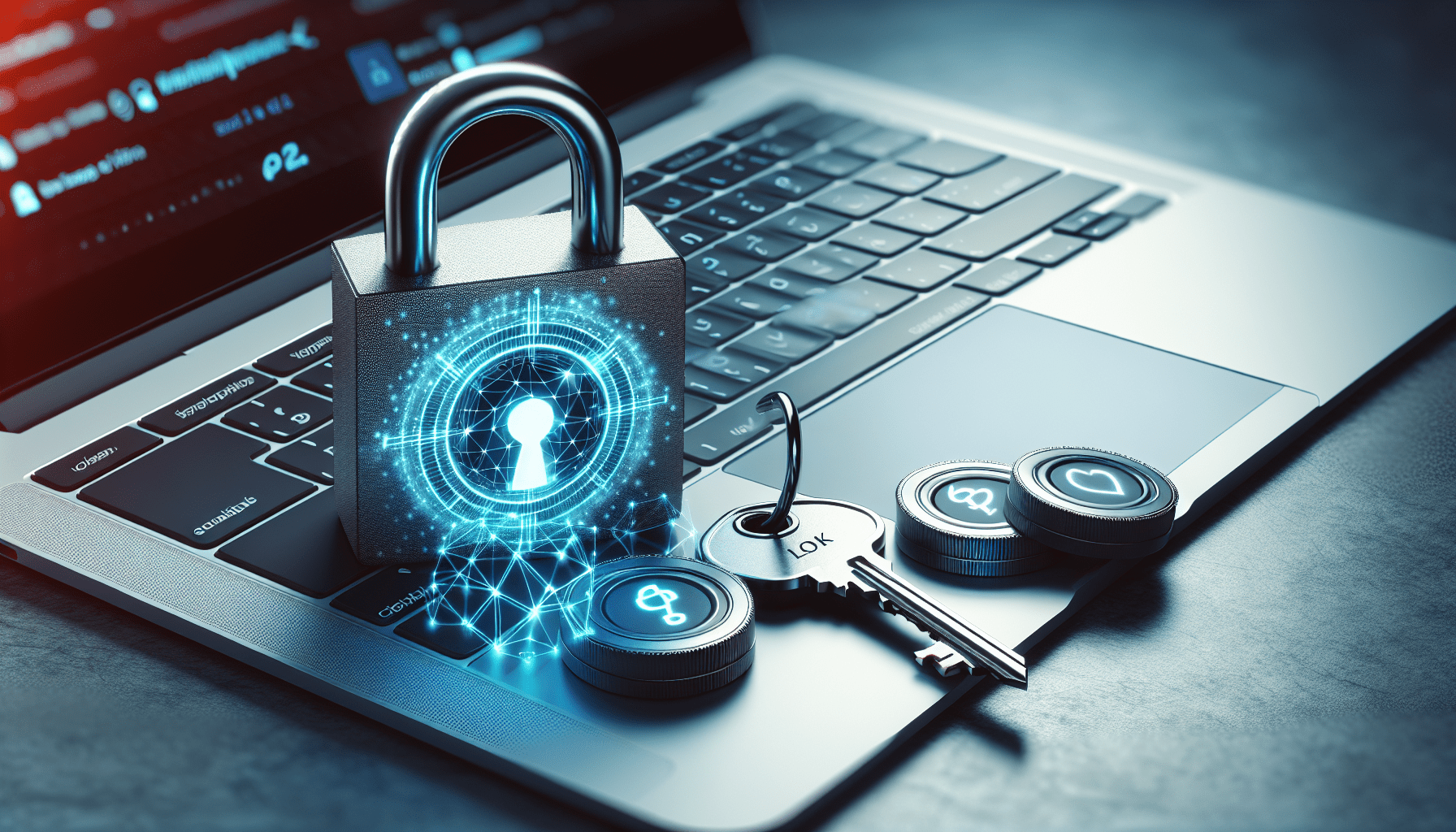Have you ever considered the security implications when using accounting software? As a professional in the financial sector, you are undoubtedly aware of the paramount importance of protecting sensitive financial data. Yet, with the digital age advancing rapidly, safeguarding such information has become increasingly complex. Accounting software, while a boon for efficiency and productivity, brings with it potential security risks that cannot be ignored.

Understanding Accounting Software Security Risks
Every piece of technology comes with its advantages and drawbacks, and accounting software is no exception. While it simplifies financial management, it also opens avenues for potential cybersecurity threats. Understanding these risks is the first step in mitigating them and ensuring the safety of your financial data.
Data Breaches and Unauthorized Access
A primary concern for any organization using accounting software is the potential for data breaches and unauthorized access. Such events can result in sensitive financial information being exposed, leading to financial loss and damage to your reputation. Accounting software often houses essential data such as transaction records, financial statements, and personal client information which, if accessed by unauthorized personnel, could spell disaster.
Phishing and Social Engineering
Cybercriminals often deploy phishing schemes and social engineering techniques to gain access to accounting systems. By tricking employees into divulging sensitive login credentials or by impersonating trusted sources, these attackers can infiltrate your system and exfiltrate data. Your team must be vigilant and educated about recognizing such threats.
Ransomware Attacks
Ransomware poses another significant risk to accounting software systems. These malicious programs encrypt files and demand a ransom for their release, causing severe disruption to your business operations. An encrypted accounting system results in halted workflows and potential data loss, making this threat particularly catastrophic.
Vulnerabilities in Accounting Software
While threats like phishing and ransomware are external, vulnerabilities within the software itself also pose dangers. Understanding and addressing these weaknesses can reinforce the security of your accounting systems.
Outdated Software and Patches
One of the most significant vulnerabilities lies in outdated software. Cybercriminals often exploit security gaps in software systems that haven’t been updated with the latest patches. Regular software updates and patches address these vulnerabilities, so consistently maintaining your software updates is crucial.
Poor User Authentication Protocols
Weak passwords and inadequate user authentication measures can severely compromise your accounting software’s security. It’s crucial to implement robust authentication protocols, such as multi-factor authentication (MFA), to add layers of protection against unauthorized access.
Insecure Data Transmission
The transmission of data between users and accounting systems can also be a point of vulnerability. Data that travels across networks without encryption can be intercepted and accessed by malicious actors. Ensuring the use of secure transmission protocols, such as HTTPS and VPNs, can protect data in transit.
Best Practices for Enhancing Security
Mitigating security risks requires implementing solid best practices that are adhered to by your organization. These practices help establish a fortified defense against potential threats, ensuring your accounting software remains secure.
Regular Software Updates
As mentioned earlier, keeping your accounting software updated is imperative to closing any security loopholes that might be exploited. Regularly check for and install updates from your software provider to ensure that you have the latest security features and patches.
Implementing Strong Password Policies
Encourage the use of strong, complex passwords across your organization. Lengthy passwords with a mix of characters, numbers, and symbols make unauthorized access more challenging. Additionally, enforcing regular password changes can further protect against security breaches.
Use of Encryption
Deploying encryption technology to protect sensitive financial data is a fundamental security measure. Encrypt data both in transit and at rest to safeguard it from unauthorized access. When data is encrypted, even if hackers gain access, they cannot decode the information without the encryption keys.
Employee Training and Awareness
Educating your employees on the importance of cybersecurity and training them to recognize potential threats can significantly reduce the risk of security incidents. Regular workshops, training sessions, and updates on the latest security practices can empower your team to act as the first line of defense.
Selecting a Secure Accounting Software
Choosing the right accounting software goes a long way in minimizing security risks. Careful evaluation of the software’s security features and the provider’s reputation can ensure that you pick a solution that prioritizes security.
Assessment of Provider’s Security Measures
Examine the security measures that the software provider has implemented. These may include data encryption, access control mechanisms, and regular security audits. Selecting software from a vendor that demonstrates a commitment to security is essential.
Cloud vs. On-premises Solutions
Consider whether a cloud-based or an on-premises solution better suits your security needs. While cloud solutions offer the advantage of regular updates and maintenance, on-premises solutions provide more control over security measures. Assessing the pros and cons of each option in terms of security capabilities is crucial in making an informed decision.
Customer Reviews and Industry Reputation
Review the experiences of other users to determine the reliability and security of the accounting software. Customer feedback and the vendor’s track record within the industry can provide valuable insights into the security performance of the software.

Regulatory Compliance and Security
In addition to instilling best practices and selecting secure software, ensuring regulatory compliance is fundamental in safeguarding your accounting systems.
Understanding Relevant Regulations
Different regions and industries are governed by specific regulatory frameworks, such as GDPR, HIPAA, and SOX. Familiarize yourself with the regulations applicable to your organization and industry to ensure compliance and mitigate risks of legal penalties.
Data Protection and Privacy Policies
Ensure that your organization has established sound data protection and privacy policies. Regularly review these policies to align with evolving cybersecurity standards and regulations. This also involves obtaining consent for data collection and ensuring that personal information is stored and processed securely.
Auditing and Monitoring
Implement regular auditing and monitoring of your accounting software to identify potential vulnerabilities and ensure compliance with regulations. Conducting comprehensive audits helps in understanding the effectiveness of your security measures and identifying areas for improvement.
Conclusion
In the digital age, your responsibility for safeguarding sensitive financial data has never been more critical. Understanding the possible security risks of using accounting software and implementing best practices is essential in mitigating these threats. By staying informed and proactive, you protect not only your organization’s valuable data but also its reputation and future. Security is a continuous process, demanding constant vigilance and adaptation to new technology and emerging threats.
